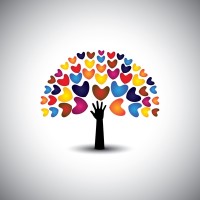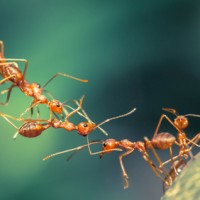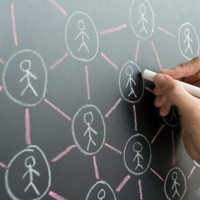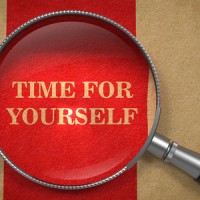
Can we make it so ‘All’ have loving, supportive network?
March 3
[Posted in the Homer News on March 3, 2016] By Kyra Wagner I usually don’t like using strong words like “always” and “never” and “everything” or “nothing,” but sometimes I Read More

One service that MAPP provides to our community is outreaching progress and celebrating collaborative work that is improving our community health. Check out our recent articles published in local media, such as the monthly 'RoadMAPP to Health' columns in the Homer News, and our monthly MAPP newsletters.

[Posted in the Homer News on March 3, 2016] By Kyra Wagner I usually don’t like using strong words like “always” and “never” and “everything” or “nothing,” but sometimes I Read More

MAPP March Newsletter Includes updates on: Trail connectivity for Woodard Creek February 12th Community Gathering gratitude Upcoming Collaborative Events & Opportunities

Posted in Homer Tribune on 2/17/16 By Susan Kaplan Homer is a community that cares. We turn out for fundraisers, volunteer at local events and nurture strong friendships. In fact, Read More

[Posted in the Homer News on 2.4.16] By Kyra Wagner This is the start of the political season when we start getting flooded with poll results. But rather than focus Read More

MAPP February Newsletter Includes updates on: Perceptions of Community Health results released Upcoming collaborative events & opportunities